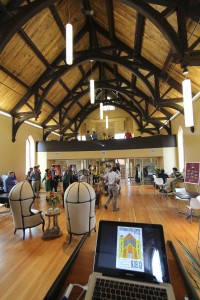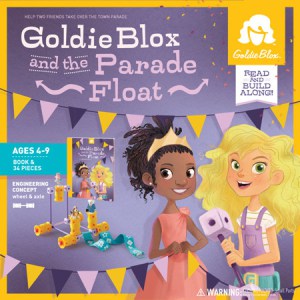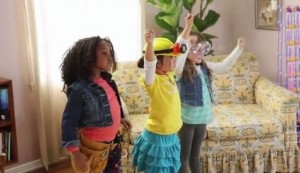In 2013, I became the director of an unusual gender center. This is its story.
September 18, 2014
My Girl w/ Pen column is called “GenderLab” or watch what happens when you run one of the most unusual gender centers in the country. That sounds hyperbolic. I know because I can’t believe I’m living it. As we are about to finish year one today, I’ve come up for enough air to document this experiment. And this year I’m going to be writing about it.

The heart of our center is a story of father/daughter love. You heard that right. Not an abstract story about rights and politics–though we know from Women’s Studies that those things are also personal. But ours starts with the personal. This is a story of love across difference. Of grief and transformation. Of a father who listened to his daughter and a daughter who stayed in dialogue with her father.
Cassandra Voss, for whom the center is named, was my student. She was effervescent. Let me give an example. When I first met her in 2004, I was two years into being an assistant professor. In class I was talking about the film Iron Jawed Angels, which is about Alice Paul and the suffragettes who secure the women’s vote in 1920. In the film, Alice Paul is played with pluck and determination by Hilary Swank; she wears her hair in long braids on occasion. After class, a young woman, Cassadra Voss, ran up to me and said, “Look, I wear my hair like Alice Paul. Ever since I saw the film, I love to wear my hair in braids like her.” I thought who is this luminous, geeky creature in front of me who does feminist cosplay? I loved her from the start.
Cassandra set out to be the first-ever major in Women’s and Gender Studies at our school. We started a minor in 2005 (notably late in higher ed), but she wouldn’t settle for that. She was also determined to put on the first production of the Vagina Monologues. And she insisted on hiring the first man in the Women’s Center. So she wasn’t so different from Alice Paul afterall. The thing that’s harder to capture about her is that she was one of the most hopeful, ebullient people I’ve met in my life. And that combination of bravery and delight was intoxicating. She was the kind of student who always bounded into my office and plopped on my couch. There was nothing small or half-hearted about her.
You see I’ve been in Women’s Studies a long time. Since I was 19–the same age Cassandra was when she first took Introduction to Women’s Studies. At her age, I was equally passionate about gender and social justice, but I was not nearly as loving. Early I had to manage so much anger about deep inequality and oppression; I didn’t know what to do with it. Cassandra managed to keep believing in people and “their better angels” which often made me feel a bit sheepish in her presence. She recentered my politics in love. And one of the ways she did that was how she talked about her dad.

I’ll never forget when Cassandra said to me, “My dad is coming to hear our panel on The Women’s Room and he’s conservative and I want you to meet him.” I had taken Cassandra and a handful of students to present their work on that interesting, rarely taught early classic, The Women’s Room by Marilyn French. Now they were presenting it again at our undergraduate research day. I walked in the room and spotted him immediately. He had the starchiest shirt in the room. On a campus that is uber midwest-casual, Kurt Voss was pressed and tucked. And like his daughter, game for anything. Which is why the Fox-news watching, deeply religious CEO was in the front row taking notes about second-wave feminism. Some of Cassandra’s friends snickered at his questions which were uninformed, understandably, and real. Real questions, ones they needed to answer to not cocoon themselves in their private ideologies. That day in the spring of 2006, I had no idea that a little over a year later, Kurt and I would begin a friendship after Cassandra’s death that would last six years.
Cassandra died unexpectedly in 2007. Sometimes I still dream about her. Only now when I wake up, I go to work and see her face every day in the building her father built for her. Some days I talk to her. Some days, I stare at the floor because I can’t look at her face. It’s just too much. I make my coffee and get to work. But there are moments, like her birthday coming up where I remember one of the three life-long goals she wrote on her then “Myspace” page in 2007: my goal is to make my dad a hard-core feminist.
She got her wish.
Stay tuned for how that dad built a multi-million dollar gender center.
Follow us at: www.snc.edu/cvc Facebook: https://www.facebook.com/snc.cvc




